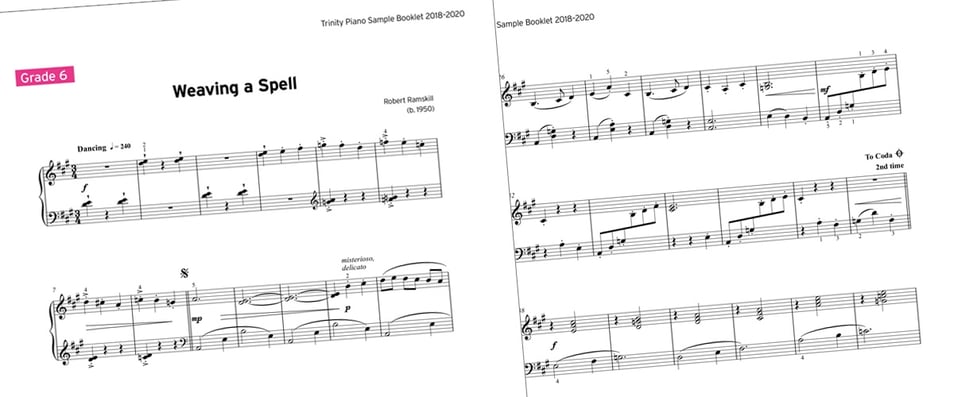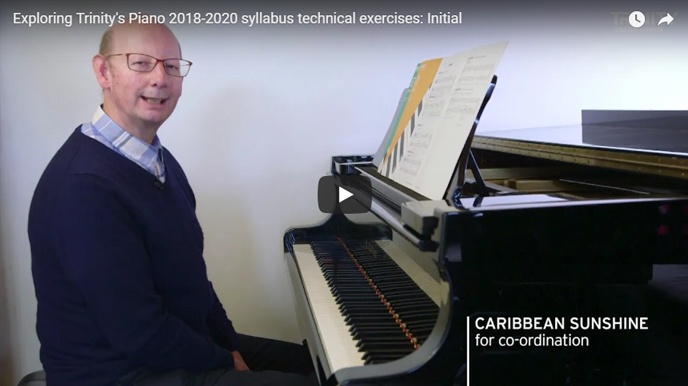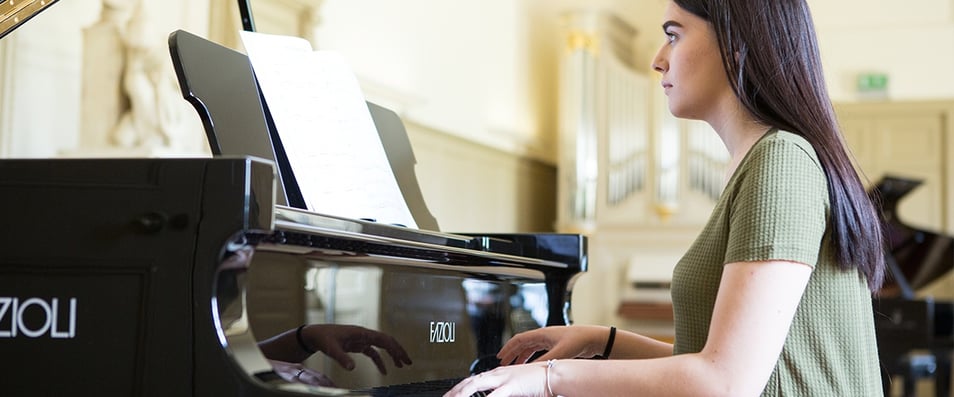Exploring the piano syllabus: Foundation
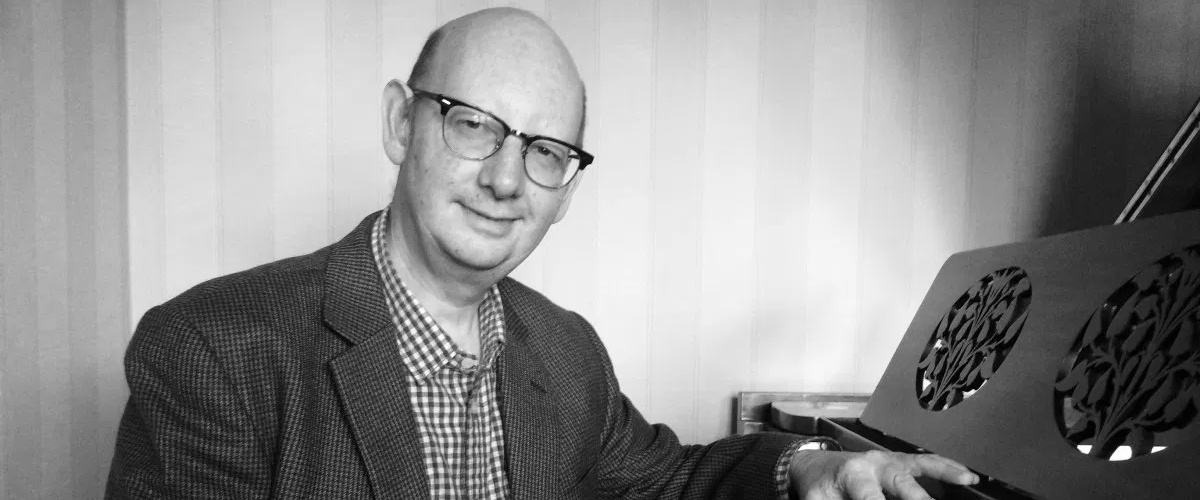
We marked the launch of our new Piano Syllabus 2018-2020 by inviting our friends in the Piano Network UK Facebook group to send Peter Wild, Trinity’s lead senior examiner and piano syllabus consultant, their questions about the Foundation grades (Initial to 3) of the syllabus.
Technical Work
Piano Network UK (PN): How are the technical exercises selected and written? Is there a list of skills or complexity which they adhere to, or is it more intuitive?
 Peter Wild (PW): Trinity commissions well-known educational composers, who are familiar with the demands of the repertoire at each particular grade, to write the technical exercises. Their submissions are then reviewed by syllabus consultants to ensure they match the requirements for the grade.
Peter Wild (PW): Trinity commissions well-known educational composers, who are familiar with the demands of the repertoire at each particular grade, to write the technical exercises. Their submissions are then reviewed by syllabus consultants to ensure they match the requirements for the grade.
The composers are supplied with a list of keys appropriate to the grade level, and a list of specific techniques and parameters; for example, at Grade 1 ‘passing the thumb’ is a feature of the finger and wrist strength and flexibility exercise, but is carefully contained to one hand at a time.
By Grade 5 we may be expecting part-playing with both melody and accompaniment incorporated into one hand, and looking to prepare ornamentation (mordent, acciaccatura and trill finger patterns).
At Grade 8 we see the use of more contemporary styles, with finger substitution and repeated notes, passages in 3rds and 6ths, part-writing with top-noting with melody in fingers 4/5 brought out clearly.
The use throughout of descriptive titles for the pieces helps to open up the performer’s imagination and encourages them to think of the exercises as short musical statements, each with an underlying technical purpose, rather than just technical ‘hurdles’ which need to be surmounted.
PN: Is there supposed to be a link between the pieces and the exercises at each level?
PW: The six exercises at Initial cover many of the techniques you will find in the pieces. At this level, you will need to control the tone in simple note figurations – both hands together, and when passing from one hand to another; the key skill of careful listening is combined with that of finger control.
In each piece, there will be an aspect that focuses on co-ordination. For instance, Exercise 2a (‘Dialogue’) may look similar to 1a (‘Joining In’). To an extent, both exercises require you to have control over the tone, but Exercise 2a is written in such a way that the LH interacts slightly more with the RH. Exercise 2b (Caribbean Sunshine) is a coordination exercise but with a distinct rhythmic character which would relate well to a piece with a strong rhythmic personality, such as ‘Spies on a Mission’.
So, there is a relationship between the pieces and exercises, but what is significant is that the basis of each exercise will be important in informing a solid technique at each of the levels you travel through, which you possibly would not acquire simply through learning scales.
Good control of the exercises will be formative in developing a sound technique. Due to the number of pieces on the syllabus at each grade (approximately 20), the exercises will not necessarily relate specifically to the demands of each piece, but it is our intention that they help develop skills that can transfer to a range of repertoire.
PN: Why does Trinity only ask for a small selection of scales?
PW: Although a smaller number of keys is required, a wide range of patterns is covered.
Our expectations, in relation to the performance of these scales, are demanding; for instance, we ask them to be played with varied dynamics from Grade 3, and with varied articulation from Grade 4, followed by crescendo and diminuendo at higher grades. We would like to encourage candidates to view scales and arpeggios within a musical context, each with its own character determined by dynamic shape and articulation – in other words, to go beyond thinking about the notes/fingering.
PN: Regarding the progression of Grade 1 to Grade 2 scales, it doesn’t make much musical sense to go from one octave hands separately to two octaves hands together. I would prefer one octave hands separately at Initial, and one octave hands together at Grade 1, progressing to two octaves at Grade 2.
PW: There are two scales that are performed hands together at Grade 1; the C major contrary motion scale (one octave) and contrary motion chromatic scale on D (one octave). Although the scales at Grade 2 are now hands together in similar motion, we hope that by including some of the already familiar finger patterns to new key areas, and having fewer keys to learn, we enable candidates to continue to progress quickly. We want to use the scales as a tool to address a need that will arise from the repertoire.
Repertoire
PN: Has Trinity ever considered moving to a larger repertoire list?
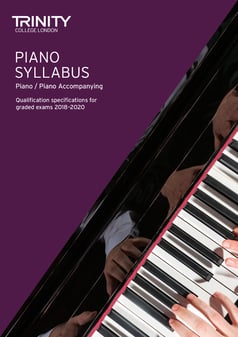 PW: Our 2018-2020 syllabus includes approximately 20 pieces at each grade, from which learners select three pieces (free selection at lower grades, and selected from two lists at Grades 6-8).
PW: Our 2018-2020 syllabus includes approximately 20 pieces at each grade, from which learners select three pieces (free selection at lower grades, and selected from two lists at Grades 6-8).
We feel that part of our remit is to reflect new music and to encourage teachers and learners to explore different styles, and – in conjunction with ensuring consistency in the assessment – that is best done by keeping the graded lists to a manageable number.
PN: What steps has Trinity taken to support young and emerging talent through the collation of the piano syllabus? Only three pieces represent composers born after 1970 (and even then, 1970, 1972 and 1984).
PW: For our 2015-2017 syllabus we put out a call through our website and social media for composers to submit previously unpublished repertoire, and had a phenomenal response. From this we selected at least one new piece by a living composer for each grade at Initial-Grade 7, many of whom were aged under 40. Following the popularity of those pieces, we have worked with many of these same composers on the new syllabus.
We operate in more than 60 countries internationally and so also included pieces from composers around the world that reflect different cultures.
PN: How is repertoire selected for the syllabus? Trinity refers to music in their published albums as “core repertoire”. I found the term used in this context a little curious. Looking at the new Trinity syllabus, it would be easy to take all the exams up to and including Grade 5, playing only attractive contemporary pieces, mostly in jazzy styles.
PW: The work of compiling a new syllabus is hugely exciting and brings together our qualifications manager and other key staff at Trinity; external academic specialists and consultants; and colleagues in Trinity College London Press.
Regarding “core repertoire”, our job here is not to provide a compendium of traditional classics at every grade – such collections are widely available – but to present pieces in a range of styles, that encourage teachers and learners to explore repertoire and cross musical boundaries that perhaps they wouldn’t otherwise.
PN: Looking at the Initial Grade for piano, many of the pieces seem difficult and challenging (e.g. ‘Tickery Tockery’ requires three changes of hand position) and the book is not visually appealing to young learners.
PW: Whilst many candidates at Initial are indeed young learners, we do want to encourage adult beginners too, and it is for this reason that the book follows the same format as all other graded books.
Every graded book contains some pieces that are easier or harder than others – and this is intentional, to cater to a range of learning approaches. Unlike some entry level exams, Initial is fully regulated by Ofqual and therefore has all the rigour and substance of any other Trinity grade.
PN: In ‘Shepherd’s Melody’ at Grade 2, hands stay in a closed five note position throughout (albeit with the B♭) — a contrast compared to pieces in Initial where hands move positions, and which seem quite hard.
PW: Although this piece does not include a change in hand position, it requires careful management of 6/8 metre. The rhythms need precision and poise at the Largo tempo, combined with a cantabile shape in the melody line.
There is a metre and tempo change for the middle section which then has to ease back into a return of the opening mood. In terms of an overall performance a lot of thought and control is required here.
PN: Looking at Grade 3, the Duet ‘Tango-Prelude’ seems particularly easy as both hands are playing the same notes an octave apart throughout.
PW: The Latin American style of this piece provides other challenges, notably tempo, syncopation, articulation, playing with both hands in thirds, and having the confidence to coordinate together with the accompaniment.
Many thanks to members of the Piano Network UK Facebook group for sending their questions, and to Peter for sharing his insights on the new Trinity Piano syllabus.

